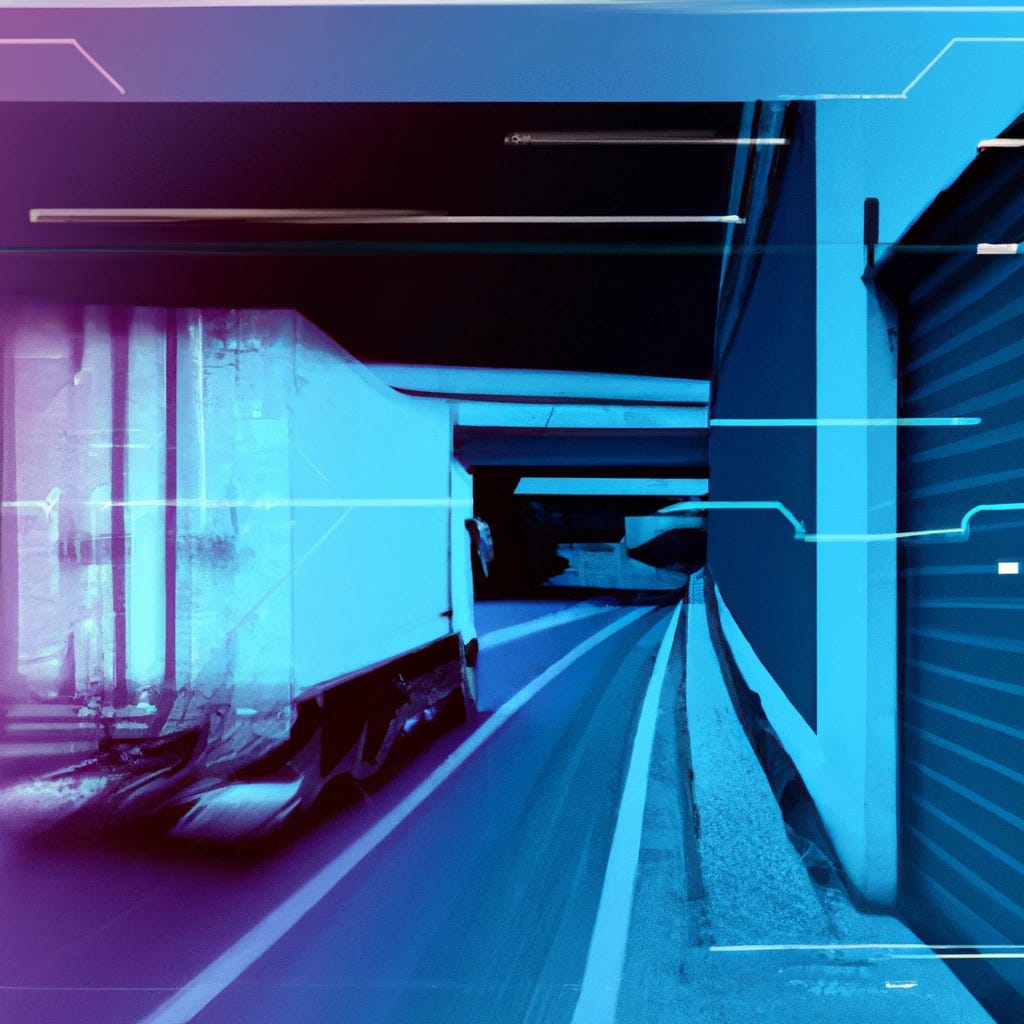AI Logistics (Part 2)
How PackageX is using AI to connect human and digital worlds in logistics
Computers and data thrive on structured information but the real world is inherently unstructured. To address this disparity, our company uses AI to bridge the gap between the two realms.
In addition to weaving AI into our logistics cloud, we also use it to more efficiently run our business and serve our customers.
I wrote about how Amazon is using AI to streamline warehousing in a previous newsletter. I also mentioned the importance of differentiating AI from other technologies and focusing on practical use cases. In that spirit, I want to share how we’re using AI at PackageX, and how we plan to use it.
Optical character recognition
One of the key areas where we utilize AI is in optical character recognition (OCR) for package labels and logistics documents. While OCR itself is not new, we take it a step further by employing AI models to understand the scanned content accurately. Whether it's identifying shipping labels, bills of lading, or purchase orders, the AI system analyzes the data and extracts relevant information.
More specifically, OCR is combined with Natural Language Processing (NLP) and deep-learning based information extraction to understand what scanned characters mean. Here we also apply machine learning and deep learning models. The application of all of this technology creates the AI system.
These capabilities are available on PackageX Logistics Cloud as an API or via Vision SDK that can convert any smartphone or tablet to an OCR, barcode, and QR code scanner.
PackageX Scans API in action: We can use smartphones to better understand the physical world of logistics instead of expensive, dedicated hardware.
App-free truck tracking
Traditionally, there has been a disconnect between suppliers, drivers, and recipients, leading to communication gaps and inefficiencies in logistics. Because of this, we’ve decided to develop an AI solution that enables all parties to communicate about a commercial shipment in a single thread.
I’ll talk about this solution more in next week’s newsletter, but one of the key features is app- and GPS-free truck tracking. We estimate that approximately 50% of truck drivers are small-scale operators who resist constant tracking. However, recipients like massive retailers require accurate, timely tracking information to plan their logistics effectively.
Our solution involves AI agents engaging in conversations with drivers, employing text-to-speech and speech-to-text models to understand driver locations while preserving privacy. This innovative approach transforms analog communications into a connected logistics strategy that allows for more efficient communication among all parties involved.
Customer support and actions
With AI-powered support, we can quickly address and resolve common questions from customers without human intervention. This frees up our customer support team to create new documentation and address more nuanced questions from customers that require answers that haven’t been documented yet.
Soon, we also want AI to facilitate customer actions like package forwarding. For example, instead of logging into the PackageX platform to forward a package, a customer could reply to an automated email. In their own writing style, they could say they want the package forwarded to a specific address by a specific time. AI would structure this writing into data that the platform could use to forward the package, choose the right address, and choose the best shipping option.
AI will also change how customers gather logistics insights. Instead of searching the PackageX platform, customers can ask the platform a GPT-like question about what's happening with a shipment. AI can also inform the next best action in case of any exceptions — for example, to route or reroute, or to order more or order less.
Of course, these AI-powered actions require digitized data and connected logistics systems which PackageX has supported since its inception as a package receiving software.
Developer experience
We have solid documentation but developers often have questions about specific tasks or require assistance in integrating API functionalities — and they don’t want to search or wait for an answer. Like our customer support use case, AI helps us offer simple, fast answers to common questions from them.
AI also goes a step further in providing more nuanced explanations for complex scenarios. For example, if a developer at a prospective company wanted to build a custom solution with our APIs, they could explain their use case and we could provide a solution in their preferred coding language in a matter of seconds.
This is also quite groundbreaking in terms of sales enablement and solution engineering for software companies like our own.


